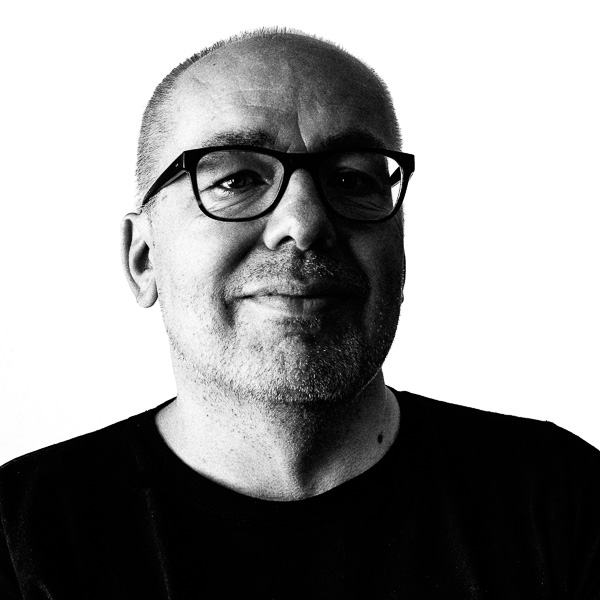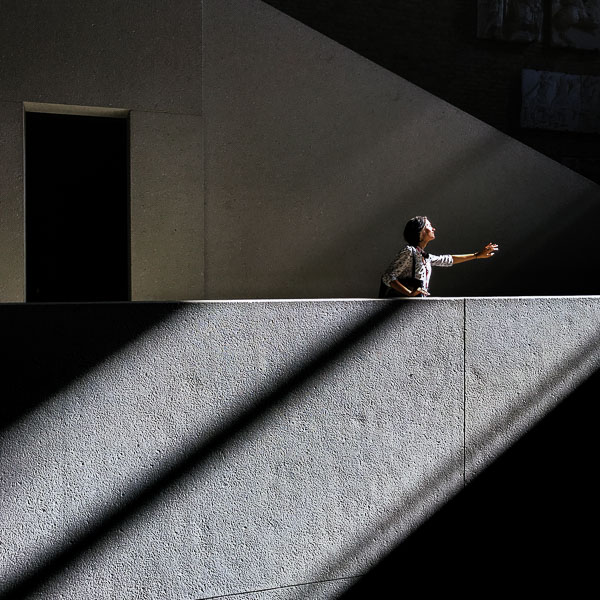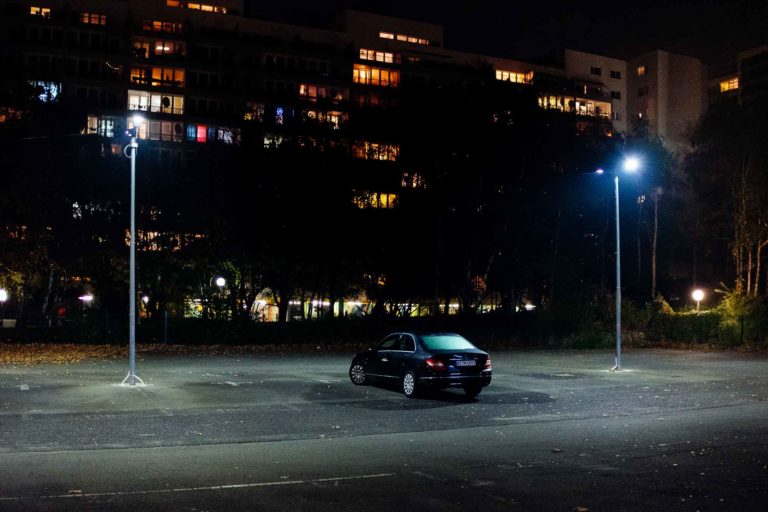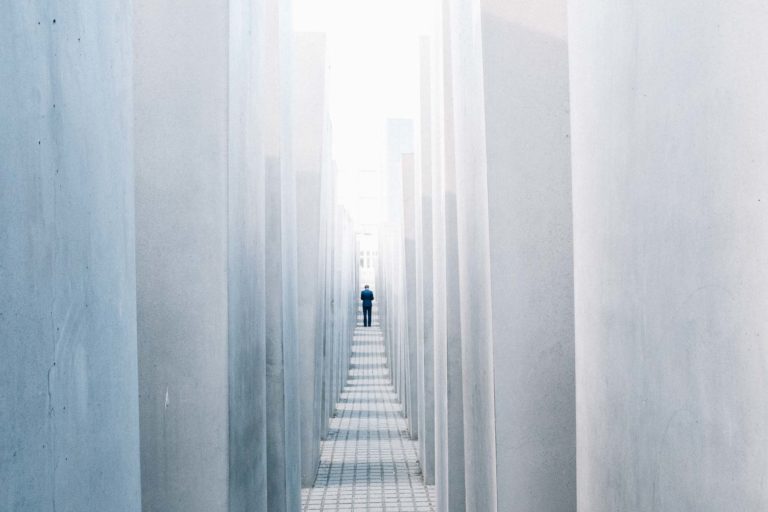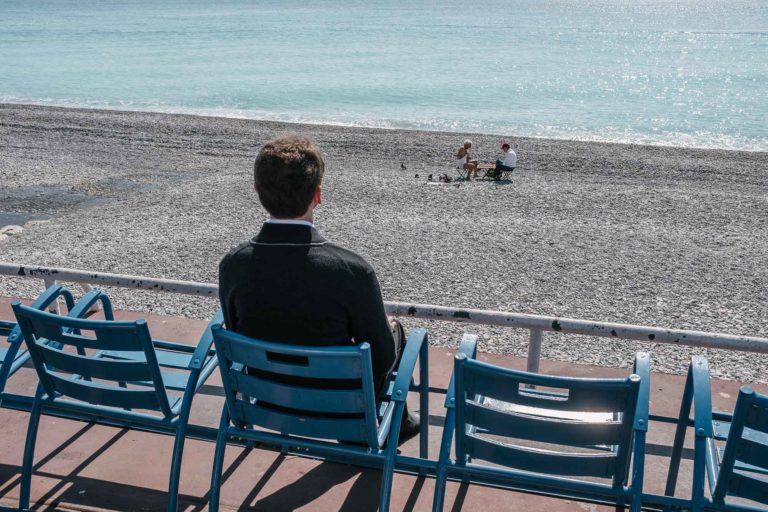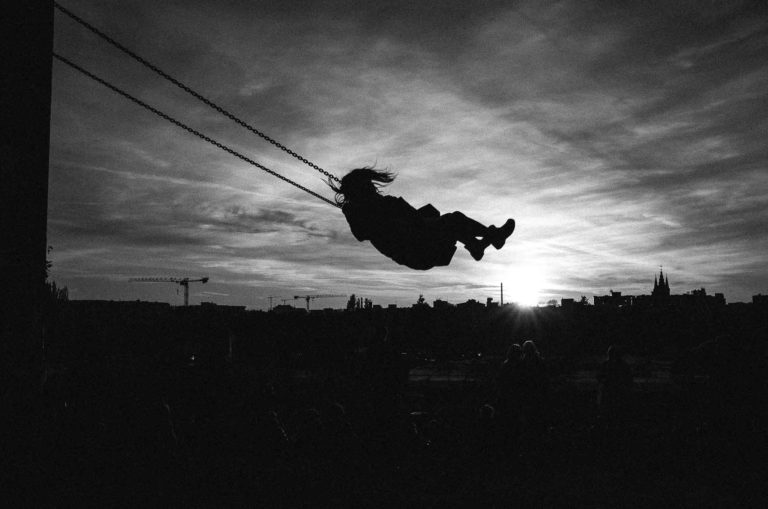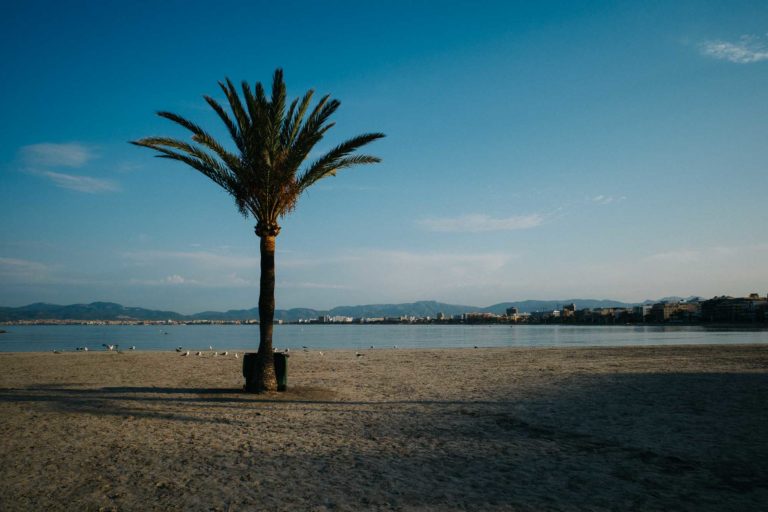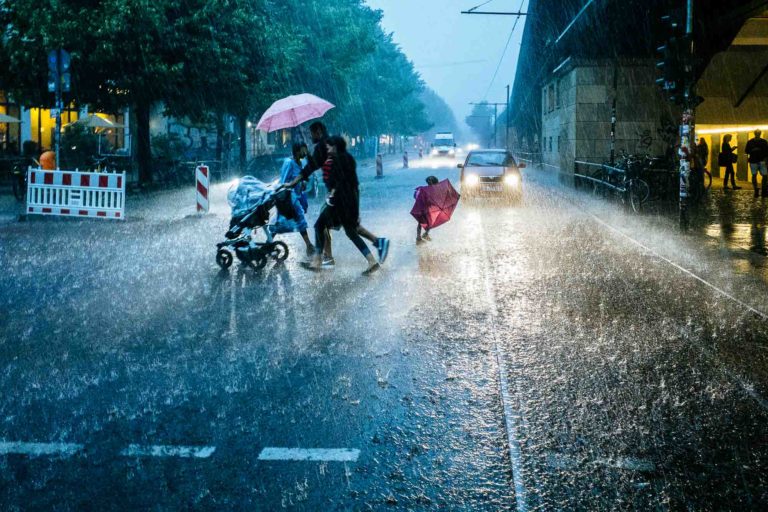A reader asked, if I could share some street photography tips. So I wrote down the first 10. When I started giving street photography workshops, I realized that it were actually quite simple tips that helped my students to make amazing progress. So I added another 5 very practical street photography tips. Please note: There are no shortcuts: Better street photos come from continued practice and study.
Have fun reading!
Simple Street Photography Tips – Great effect
Ignore all street photography tips
There are a lot of dubious “dos and don’ts” on street photography out there. Like shooting from the hip, cropping, shooting people from the back are not cool. These kind of street photography tips or rules are not really helpful.
There is award winning street photography showing people from from behind (Lensculture Street Photography Awards 2017). Henri Cartier-Bresson’s iconic puddle jump image is heavily cropped – HCB cropped it even though he didn’t like cropping by the way.
Street photography has always been an open and rather loosely defined genre. Most street photographers seem to be able to agree on the following definition of street photography.
1. Street photography is a photographic statement about the human condition.
2. There is street photography without human figures present in the image. The visual approach can be anything from documentary to surreal.
3. Street photography is candid. No element in the frame whether human or non-human may be arranged or staged.
4. Street photography is not confined to the streets. Public places like train stations, museums, parks or beaches work as well.
5. The post-processing must maintain the integrity of the image. No adding or removing of elements in post-processing.
Beyond that, it is entirely up to you. Generally speaking I feel it is more important to do great photography rather than worrying about rules of the street photography genre.
Observe carefully
Photography is a visual art. You can not photograph, what you do not see. Look carefully and explore forms, shapes, lines, color and light of the world around you. What about the quality of light. Is there sunshine is it cloudy. Where is the light coming from.
What kind of people are around? What’s the vibe of the place? Are people rushed and busy and or are they relaxed and idle. Observation goes beyond the visual. Be mindful of your emotions. If something is triggering strong feelings within you, it might as well be a subject for strong photograph.
Do not obsess with “How do I photograph this?” Allow yourself the time to sink in a new scene. Eventually the images will come to you.
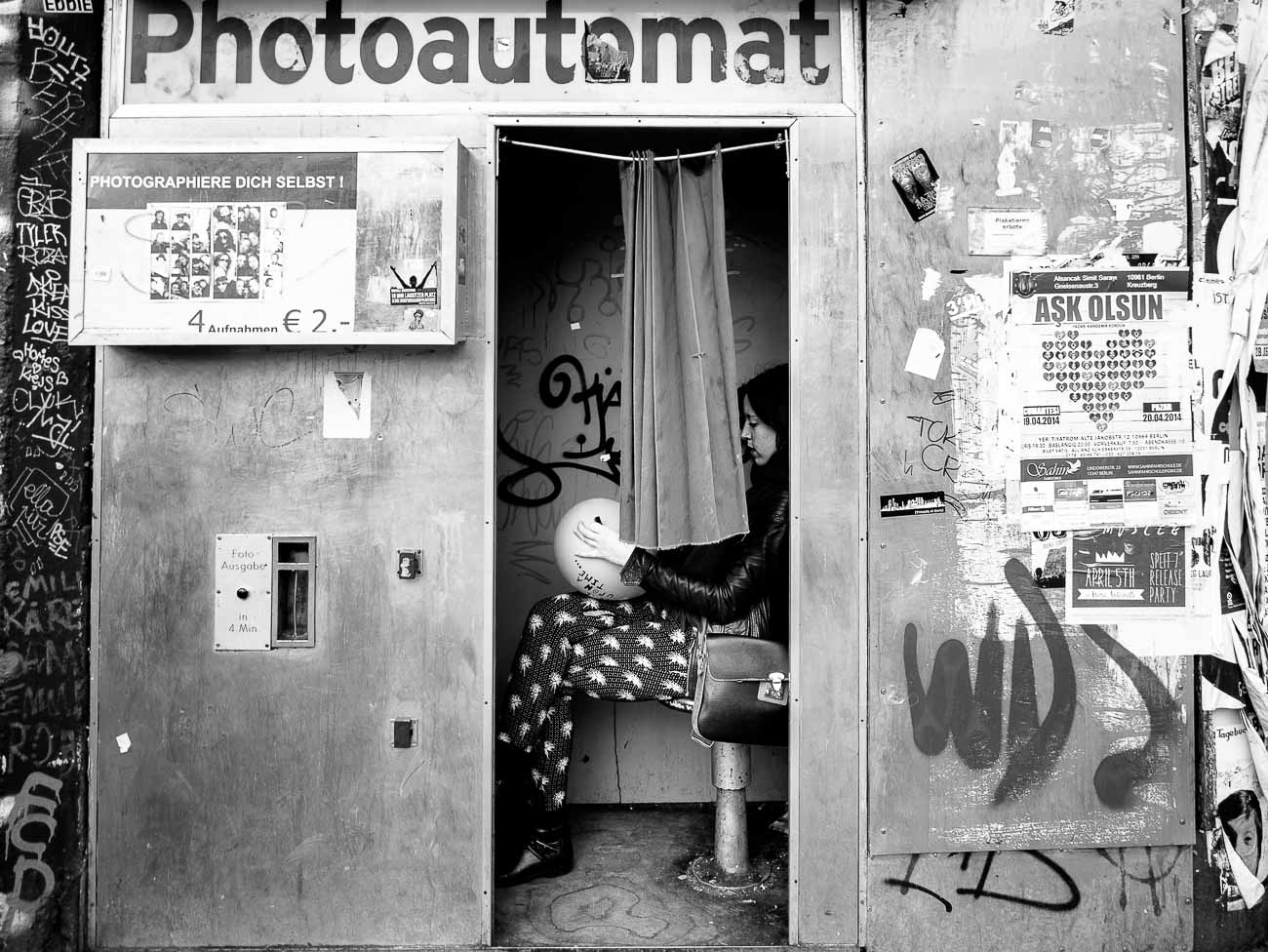
Keep an open mind
The creative mind is an open mind.
You can not create and judge at the same time. Reviewing the images you have already taken will take you out of the creative zone. So when on the streets, focus on shooting. Do the editing at home.
Get a visual education
Mankind has produced images for thousands of years. Study these. Paintings, photography (not only street photography), movies, TV series, music videos and advertising. Go to museums and galleries. Absorb the visual world around you. If you want to shoot amazing stuff, you need to be visually literate.
And of course looking at the work of street photography legends helps a lot. Here is a very personal choice.
The classic street photographers: Henri Cartier-Bresson (Magnum), Elliot Erwitt (Magnum), William Klein, Joel Meyerowitz, Gary Winogrand, René Burri (Magnum), Robert Frank, Diane Arbus und Mary Ellen Mark.
The modern street photographers: Martin Parr, Trent Parke, Alec Soth, Bruce Gilden, Alex Webb, David Alan Harvey, Daido Moriyama. (All with Magnum with the exception of Daido Moriyama).
So visiting the the website of the legendary photo agency Magnum is well worth your time. If you are interested in cutting edge modern street photography have a look at the archived website of in-Public or the website of the Observe collective.
Study composition
Composition is a craft. It can be trained and it can be learnt. When you want to shoot epic shit, you simply need to know how fill the frame and how to arrange all items in the frame. That is what composition is about. Beyond the basic composition rules there are advanced composition concepts like Gestalt theory well worth looking into.
New gear is not the answer
Buying new gear is fun and good for the economy. So by all means – if you can afford it, go for it. Just do not expect your photography to improve. New gear is rarely the best way to improve your photography. Ask yourself this: “What kind of images will I take with <Insert fancy piece of gear you are lusting for> that I can not take right now?” If you are looking for new camera, have a look at my article on the best camera for street photography.
Embrace failure
In street photography when you click, failure is the default outcome. Most street photographers I know reject way over 95% of their shots. Failure is normal, for masters and beginners alike. The difference: The master will study his failures, trying to learn from them. The beginner will publish his failures on social media.
Practice – shoot a lot
Photography is much like piano playing or running, if you want to improve your form, you need to train on a very regular basis. There is no magic shortcut here. Henri Cartier-Bresson once said: “You need to milk the cow a lot to get a little cheese.”
Get outside feedback
Judging your your own is a tough job. Get feedback from somebody else. This does not mean sharing it on Facebook and counting the likes and the “great shot” comments. Ask somebody you trust to give you an honest and qualified feedback.
Have something to say
Ask yourself what is your photography about? What is the message you want to convey? What attracts you? What is your visual style? Finding answers to these questions will help you find your very own way. That is what these street photography tips can help you with.
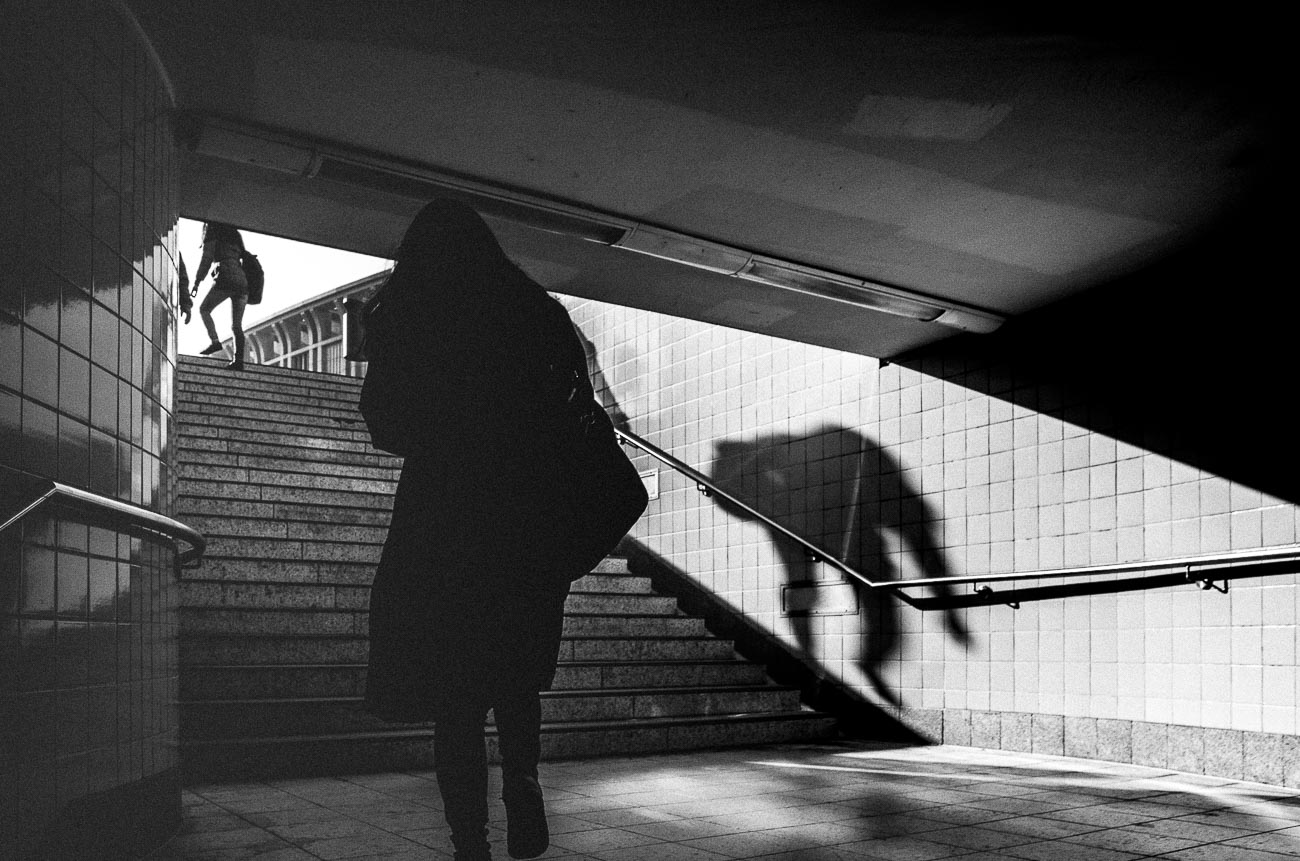
Know your camera
When on the streets, the camera is merely a tool with one purpose only. To take images without distracting you. For that to happen you need to know your camera in and out.
Changing
– exposure mode,
– exposure compensation,
– ISO,
– autofocus mode,
– exposure metering mode,
should be easy for you, not on your living room couch but in the streets with bad light and rain. Take the time to customise the camera according to your needs.
Nobody likes to read manuals but familiarizing yourself with a camera makes your life and your photographic success on the street so much easier. You need to be able to shoot fast in street photography.
Test your cameras limitations: What is for the maximum ISO where you are still happy the image quality. What is the minimum shutter speed you need to get an shake-free image.
Focus and simplify
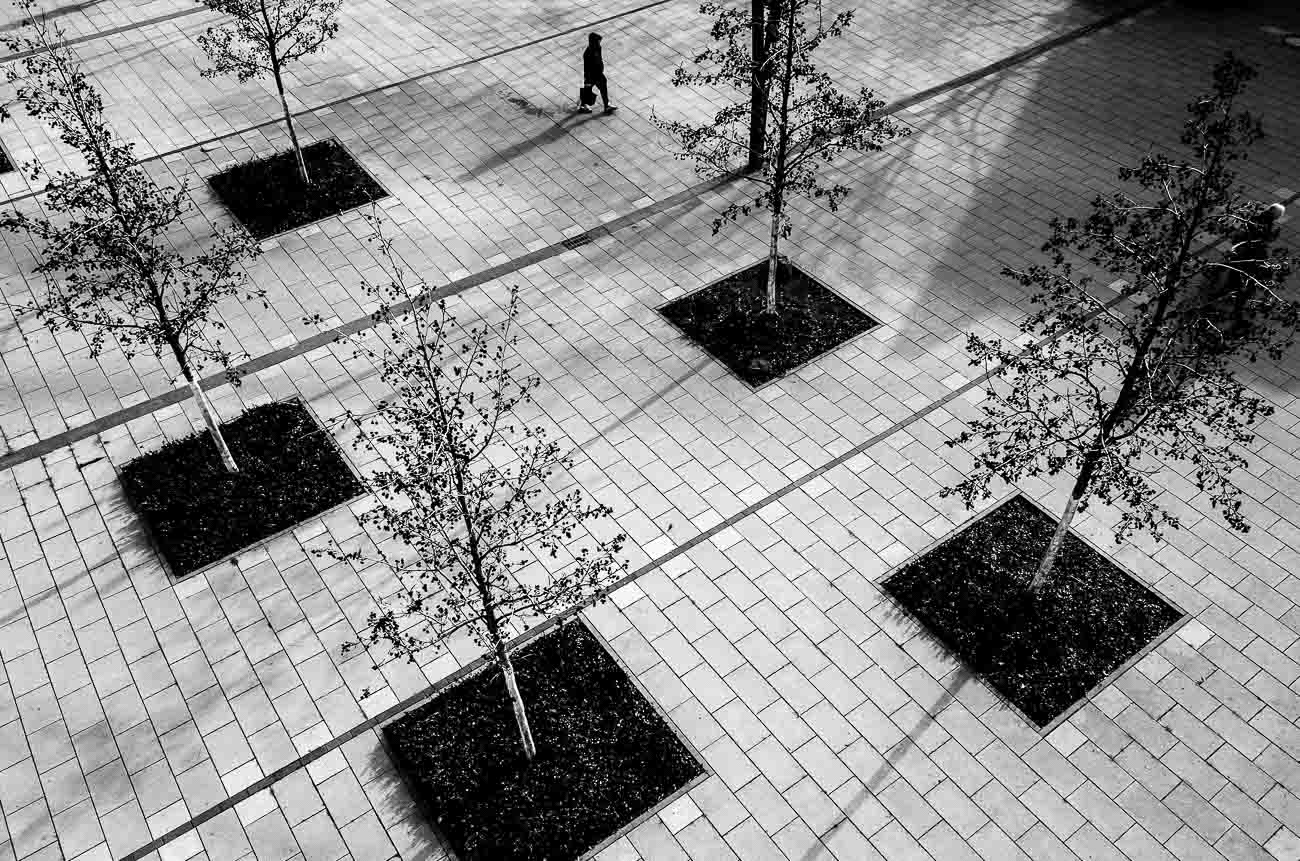
Photography is a reductive art. Painters are adding elements to the canvas. Photographers are reducing elements from the frame till they are satisfied.
The streets are busy – and clutter will kill a photograph. So focus on what really matters to you and leave everything else out. Simply ask yourself: Do I really need this element, if in doubt, leave it out.
There are some 3 simple ways to achieve focus:
– Get closer
– Change your point of view: Go low or go high
– Shoot in portrait format. This way the photo is extended to the ground and to the sky, both usually clutter free.
Simplify applies also to your gear. Bring only the bare minimum: One camera with one lens, spare batteries and memory cards. That’s all you need gear wise.
Everything else is excess baggage that will eventually slow you down.
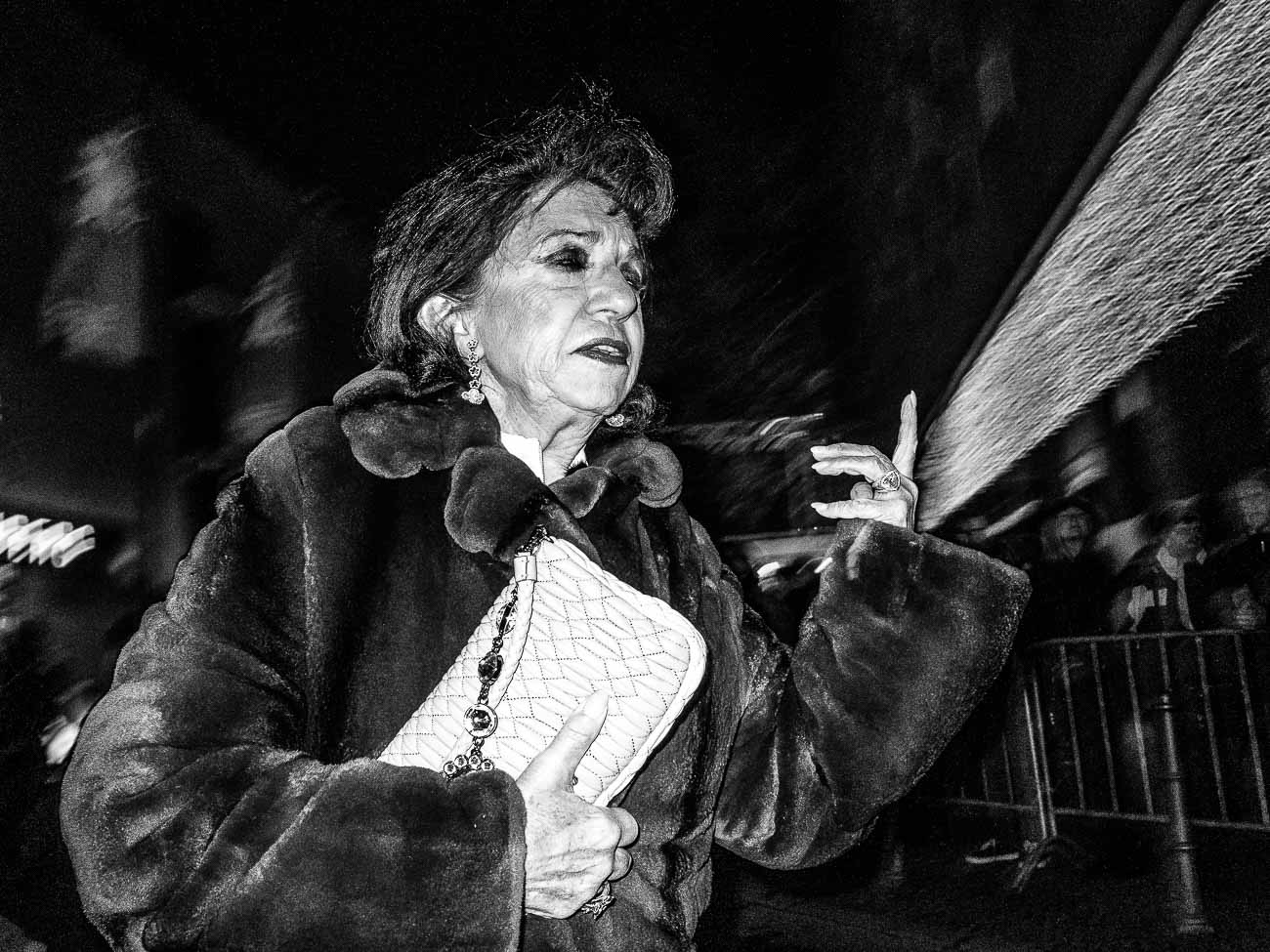
Stick with the scene
Get more than one shot out of a scene. Whenever something interesting happens, start shooting, move, get close and keep shooting till the scene is definitely over. The chances of getting one good frame are much higher if you take 10 pictures of a scene rather than only one.
Clear the background
The background is an integral part of an street photograph. Ideally it supports the elements in the foreground. Starting with the background is a great way to compose a good street shot. It has worked for Henri Cartier-Bresson and many photographers since. On the other hand clutter in the background will ruin your image. Make sure that the background of your image is clean and supporting the main subject. Or even better make the subject an integral part of the image.
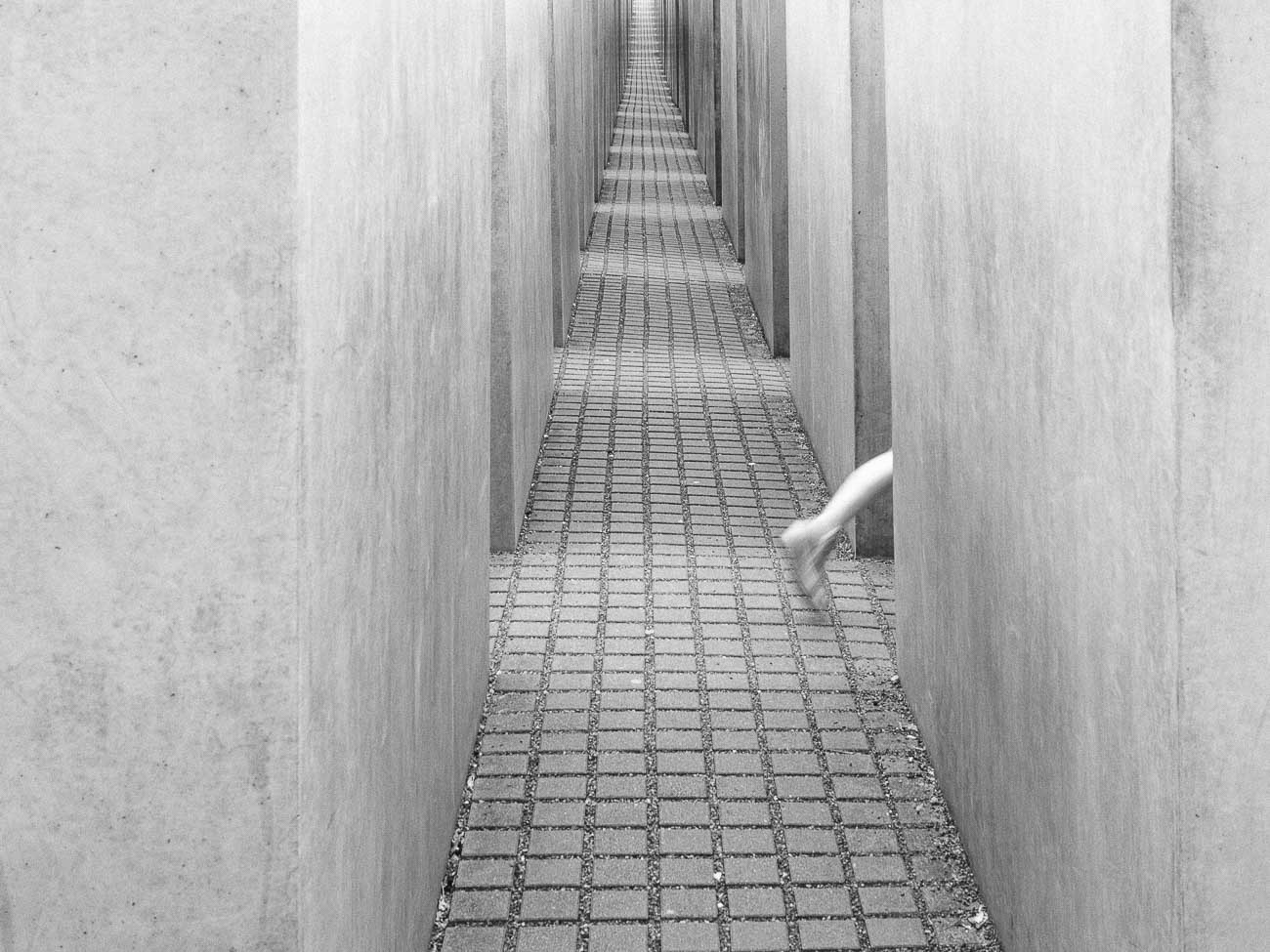
Be patient and enjoy the ride
A good street photo is the result of photographic skills, luck and perseverance. It takes time and there are no shortcuts. There may be many ways to become rich and famous in a rather short amount of time. Street photography is not among those. If you shoot in the streets, you are doing it for yourself. You might as well enjoy it.
The most important Street Photography Tip: Practice – a lot!
These street photography tips are meant as a source of inspiration. I believe pretty much everybody can create excellent street photographs. The key ingredient to great street photography is hard work – not gear, talent, or fancy locations.
It takes practice – lots of it, some visual education and the willingness to brutally question your own results. Like all artistic endeavors street photography is about finding your own voice. Challenge yourself, try those situations that are not easy, have a look at my article on street photography in the rain for further inspiration.
Have fun on the streets!
